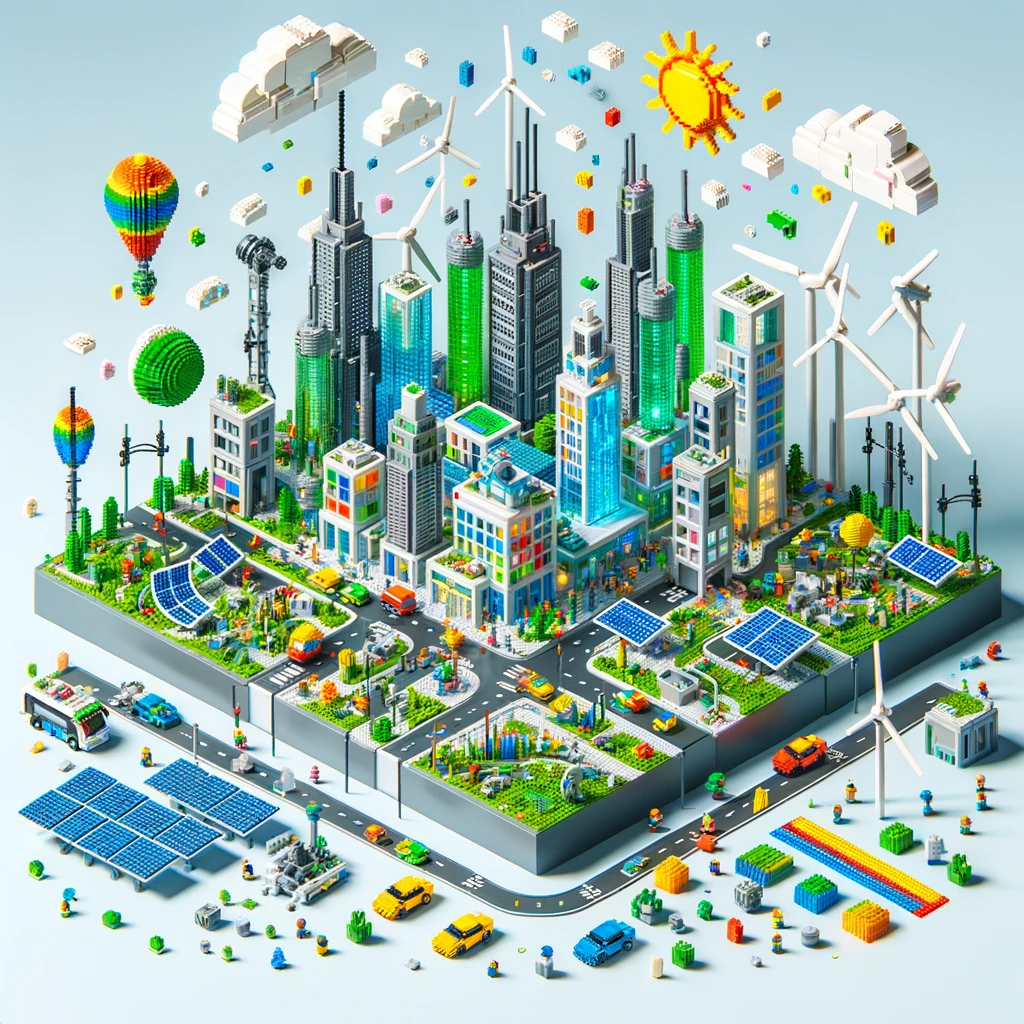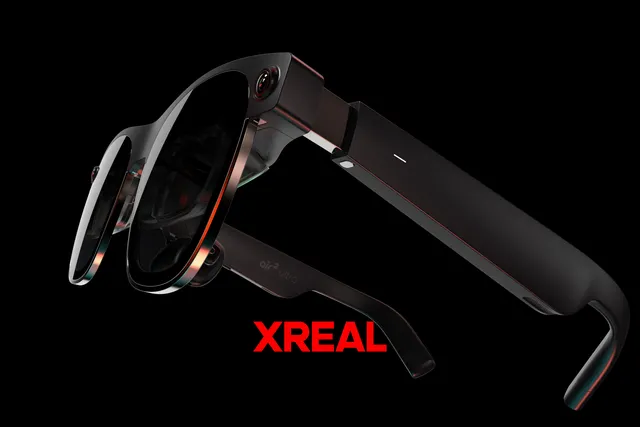Introduction
In the era of rapid technological advancement, smart cities are emerging as the frontiers of innovation and sustainability. These urban areas, powered by Artificial Intelligence and the Internet of Things (IoT), are not just altering the landscape of city living but are also reshaping workplaces into more productive and sustainable environments. This article explores the dynamic relationship between smart cities and the future of smart workplaces.
Green Spaces and Sustainability
The advent of smart cities has brought a renewed focus on green spaces and sustainable construction. With the integration of automation, urban areas are transitioning to more sustainable and eco-friendly practices. Green spaces are no longer a luxury but a staple in city planning, enhancing the mental and physical health of residents. Moreover, innovations like 3D printing in construction are promoting sustainable building materials and practices, significantly reducing carbon emissions.
Integrated Technology
Smart cities are a boon for businesses aiming for Corporate Social Responsibility (CSR) with wide-scale digitization helping them manage resources efficiently and cut down on energy usage. Smart grids are revolutionizing energy distribution, reducing wastage, and promoting energy conservation. Furthermore, the integration of IoT supports employee well-being with wearable devices providing real-time updates, reducing commute times, and promoting healthier lifestyles.
Trends in Smart Workplaces
The workplaces within smart cities are evolving, incorporating hybrid models, flexible designs, and multipurpose spaces. These changes are not just about aesthetic or space utilization; they are about enhancing productivity, collaboration, and employee satisfaction. Offices are becoming more than just places to work; they are becoming community hubs with retail, residential, and recreational facilities.
Conclusion
The synergy between smart cities and smart workplaces is paving the way for a more efficient, sustainable, and productive future. As cities adopt smart technologies, they attract forward-thinking businesses, which in turn contribute to the urban space by providing amenities and improved infrastructure. This interdependent growth heralds a future where work and life balance is not just an ideal but a reality embedded in the very fabric of our cities.





